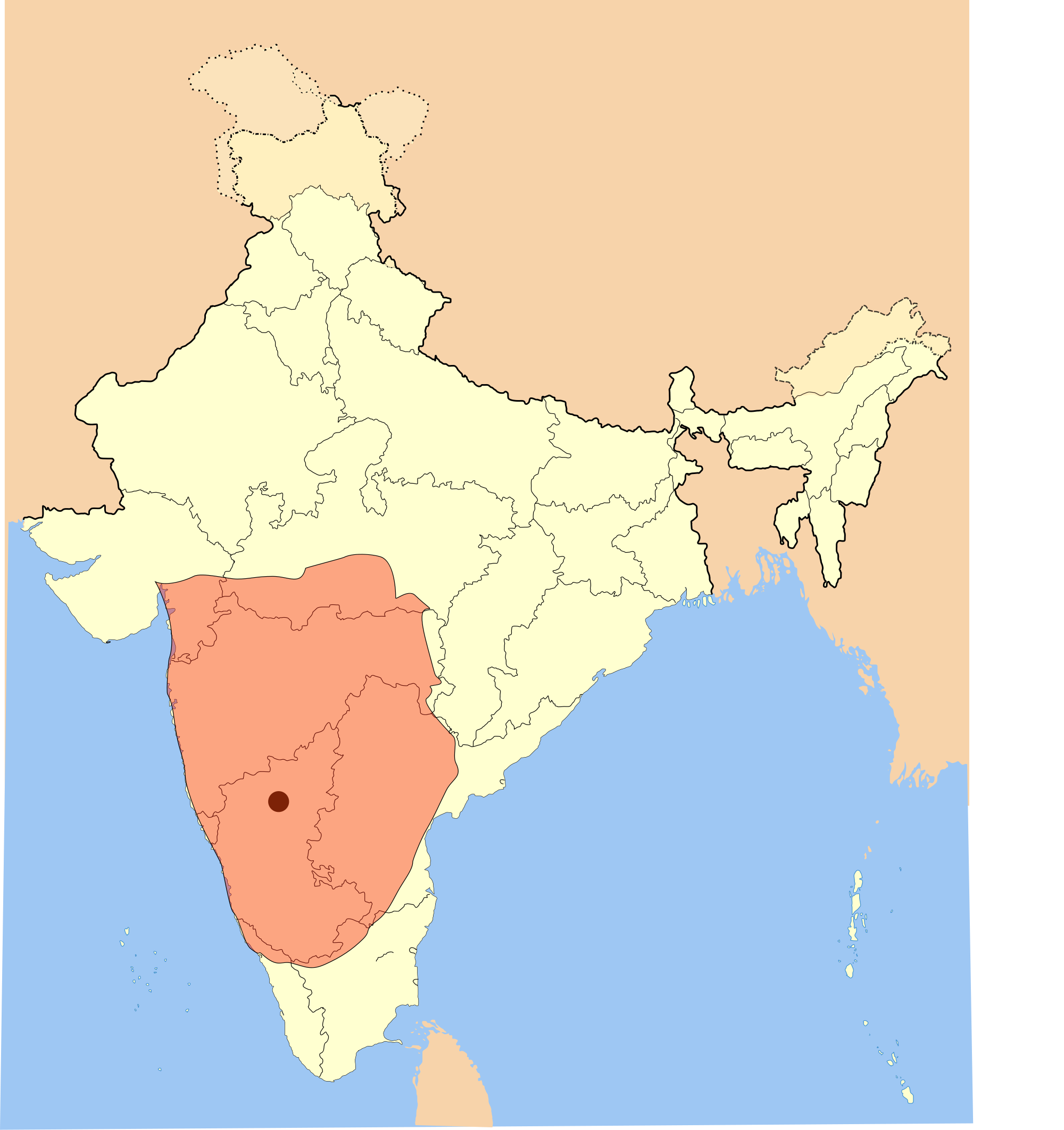The Chalukya Dynasty
About Chalukya Dynasty
The Chalukya dynasty was an Indian royal line that managed substantial parts of southern and central India between the sixth and the twelfth hundreds of years.
Amid this period, they led as three related yet individual dynasties. The earliest administration, known as the “Badami Chalukyas“, ruled from Vatapi (present-day Badami) from the center of the sixth century.
The Badami Chalukyas started to state their freedom at the decay of the Kadamba kingdom of Banavasi and quickly rose to noticeable quality amid the rule of Pulakesi II. After the passing of Pulakesi II, the Eastern Chalukyas turned into an autonomous kingdom in the eastern Deccan.
They administered from Vengi until about the eleventh century. In the western Deccan, the ascent of the Rashtrakutas amidst the eighth century obscured the Chalukyas of Badami before being restored by their relatives, the Western Chalukyas, in the late tenth century.
These Western Chalukyas ruled from Kalyani (current Basavakalyan) until the end of the twelfth century.
The tenet of the Chalukyas marks an imperative development in the historical backdrop of South India and a brilliant age ever. The political air in South India moved from littler kingdoms to substantial realms with the domination of Badami Chalukyas. A Southern India-based kingdom took control and combined the whole district between the Kaveri and the Narmada rivers.
The ascent of this domain saw the conception of productive organization, abroad exchange and trade and the improvement of the new style of building design called “Chalukyan construction modeling”.
Kannada writing, which had appreciated imperial backing in the ninth century Rashtrakuta court discovered anxious support from the Western Chalukyas in the Jain and Veerashaiva conventions. The eleventh century saw the conception of Telugu writing under the support of the Eastern Chalukyas.
The Chalukya time may be seen as the starting in the combination of societies of northern and southern India, clearing a path for the transmission of thoughts between the two locales. This is seen unmistakably in the field of structural engineering. The Chalukyas brought forth the Vesara style of structural engineering which incorporates components of the northern nagara and southern dravida styles.
Amid this period, the extending Sanskritic society blended with nearby Dravidian vernaculars which were at that point popular. Dravidian dialects keep up these impacts even today. This impact served to improve writing in these languages.
The Hindu lawful framework owes much to the Sanskrit work Mitakshara by Vijnaneshwara in the court of Western Chalukya King Vikramaditya VI. Maybe the best work in legitimate writing, Mitakshara is an analysis of Yajnavalkya and is a treatise on law in view of prior compositions and has discovered acknowledgment in many parts of India. Englishman Henry Thomas Colebrooke later interpreted into English the area on legacy, giving it coin in the British Indian court system.
It was amid the Western Chalukya decided that the Bhakti development picked up energy in South India, as Ramanujacharya and Basavanna, later spreading into northern India.


